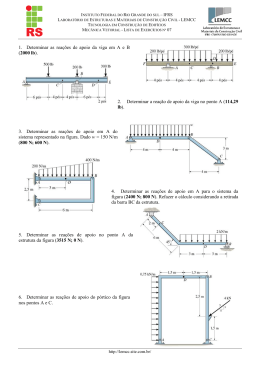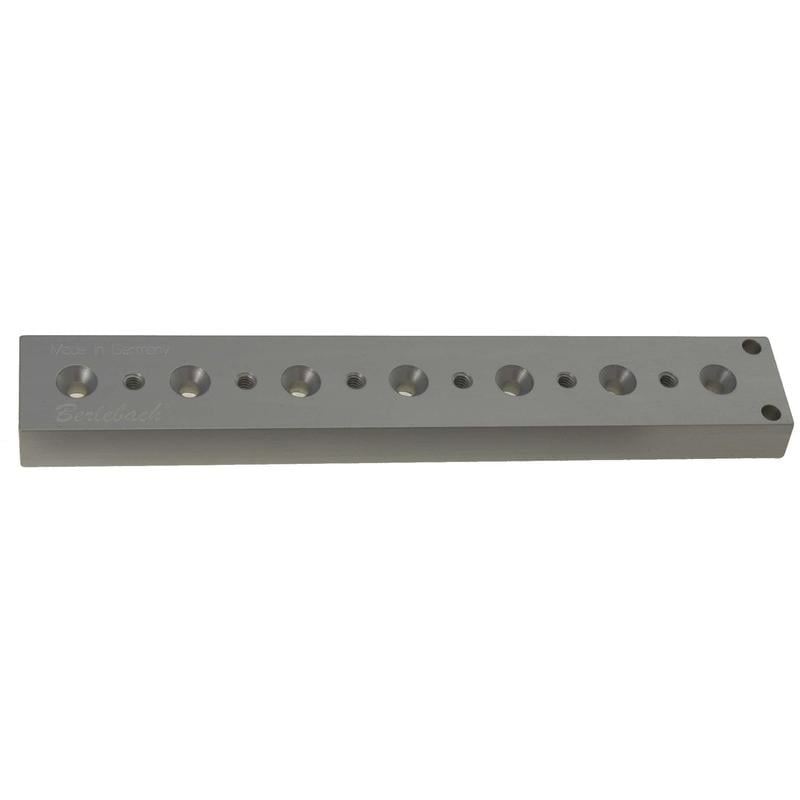


Characterising species listed refer to all Acanella arbuscula assemblages not just those found associated with the zone and substrate specified in this biotope. This assemblage was also recorded in the lower bathyal but associated species are likely to differ with depth. Gage (1986) describes growths of the arborescent gorgonian Acanella arbuscula as providing a "perch" for such fauna as the brittle star Ophiacantha bidentata to feed in the current. It is likely to be functionally similar to a seapen field. This biotope is composed of dense aggregations of the Isidid octocoral Acanella arbuscula on sandy silts and fine grained oozes. This assemblage is described from published literature only.Īcanella arbuscula assemblage on Atlantic mid bathyal mud This assemblage was also recorded in the upper bathyal but associated species are likely to differ with depth.

This biotope has been reported in the central and northern North Sea ( Basford and Eleftheriou, 1989 Knitzer et al., 1992).Īcanella arbuscula assemblage on Atlantic lower bathyal mud Crustacea such as the cumacean Eudorellopsis deformis and the opheliid polychaetes such as Ophelia borealis, Travisia forbesii or Ophelina neglecta are often present in this biotope and the brittlestar Amphiura filiformis may also be common at some sites. In circalittoral and offshore medium to fine sands between 25m and 100m a community characterised by the bivalve Abra prismatica, the amphipod Bathyporeia elegans and polychaetes such as Scoloplos armiger, Spiophanes bombyx, Aonides paucibranchiata, Chaetozone setosa, Ophelia borealis and Nephtys longosetosa may be found. This biotope is part of the Abra community defined by Thorson (1957) and the infralittoral etage described by Glemarec (1973).Ībra prismatica, Bathyporeia elegans and polychaetes in circalittoral fine sand The epibiotic biotope EcorEns may overlap this biotope. The echinoderms Ophiura albida and Asterias rubens may also be present. Other important taxa include Nephtys spp., Chaetozone setosa and Spiophanes bombyx with Fabulina fabula also common in many areas. Non-cohesive muddy sands or slightly shelly/gravelly muddy sand characterised by the bivalves Abra alba and Nucula nitidosa. Abra alba and Nucula nitidosa in circalittoral muddy sand or slightly mixed sediment


 0 kommentar(er)
0 kommentar(er)
